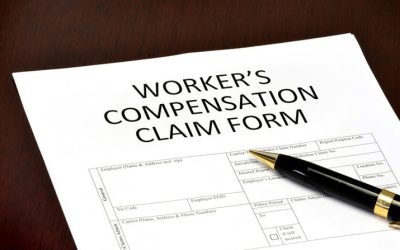At times, work place injuries are caused by defective products or equipment that can lead to product liability cases, workers’ compensation claims, and personal injury lawsuits. Attorneys handling such cases require medical records review to determine the nature and extent of injury.
Defective products are those that consumers expect to work properly but do not fulfill their functions. Such products do not meet the manufacturer standards, may not operate as intended, and may lack safety features such as guards and rails that can cause injury. Defective products in the workplace may vary – ranging from office furniture to construction materials, electronic equipment, vehicles, welding tools, protective clothing, ladders or safety equipment.
In the case of defective equipment, employers could be found at-fault for installing defective equipment and endangering their workers. Manufacturers and retailers are also liable for producing and distributing defective products to a business and contributing to employee injuries.
Typical workplace injuries caused by defective equipment include broken bones, crushing injuries, burns, respiratory problems, cuts or lacerations or even death. Such injuries can be compensated under product liability claims, if these are caused because of design defect, manufacturing defect, or inadequate warnings. Design defect is when the injury happens because the product was not safely designed; then you may have a design defect claim. A product that is defectively designed indicates that the problem with the product existed even before it was manufactured. Manufacturing defect is a problem that occurred during the manufacturing process. In such cases, only an individual product is defective and not the entire line of products. Defects may happen without inadequate warnings too, if the product manufacturers fail to warn consumers of any dangers associated with the use of their products, and if adequate instructions were not provided on using the product.
Workers may get additional compensation for the work injury if the manufacturer, supplier, distributor, or retailer of the product failed to – adequately inspect the product before marketing, find the defect in the product that created the injury, warn of the risk associated with the product, manufacture and install the product correctly.
Employees who are injured on the job are entitled to workers’ compensation benefits. These benefits are generally available even if the employee was partially at fault for his or her own injuries. Even though it can help recover lost wages and medical bills, it may not cover non-economic losses such as pain and suffering. A personal injury lawsuit can be filed when the injury involves a defective product, which would allow for a claim against the product manufacturer.
Attorneys dealing with any such cases – product liability, workers’ compensation or personal injury, have to collect all relevant medical records to gather medical evidence. Medical record organization helps to extract the required information from the records. Organizing records include capturing the dates, procedures, treatments and other relevant data, highlighting critical events, deleting duplicate records and creating a log, creating accurate summaries for quick review of critical/complex medical information, and more.




